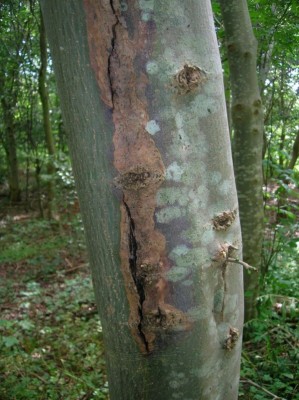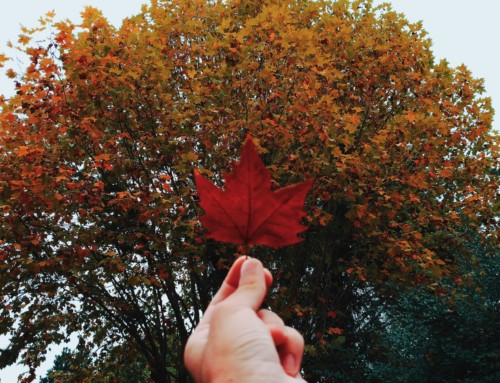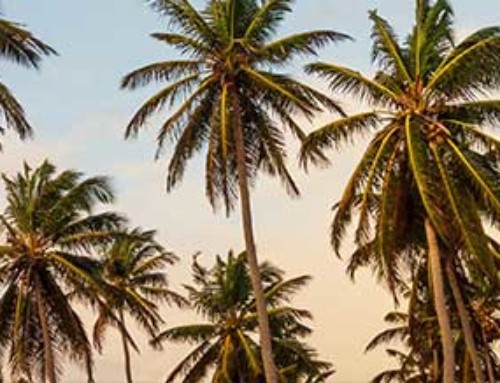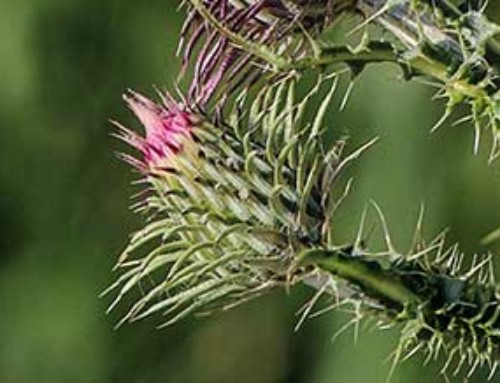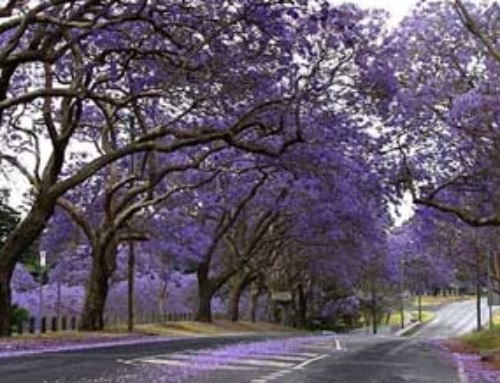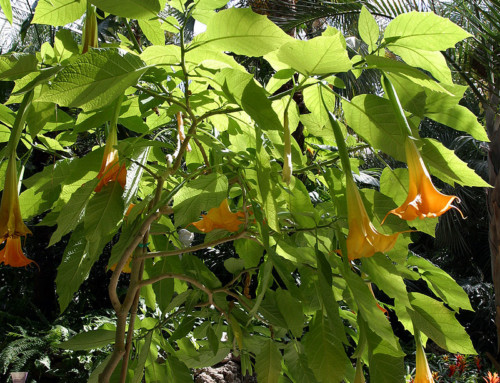Did you know that plants and trees can get sunburned? Much like our sunburn, if a tree or plant gets too much strong sunlight it can develop lesions, or damaged spots which allows diseases to enter the plant’s system. This is called sun-scald. Sun-scald, unlike sunburn, does not occur in summer, near the beach. It occurs in cold climates, where there are extremes of temperature.
Tree sun-scald often occurs in young trees, because the sapling has a softer exterior, more influenced by sharp changes in weather. Once a plant has been damaged by sun-scald, it cannot be repaired. Prevention is the only cure.
Sun-scald is a winter time injury to tree trunks caused by unseasonally warm weather. The sun is low and warm, shining directly on the trunk of the tree. Deciduous trees will have lost their foliage and the trunk of the tree is more exposed to a low sun. The cells of the tree, previously closed due to the cold weather, open up as they would if Spring had arrived, only to be left vulnerable when the temperature drops quickly after the sun sets. The surface of the tree trunk is damaged, and quickly dies. If sufficient sun-scald has been experienced, the damage may cut off the water and sap supply to the foliage. This is very bad news for the affected tree.
Remember when pruning larger trees and bushes, the additional sunlight to the tree trunk and plants below may cause damage. Rather than thinning the whole canopy, it would be preferable to raise the height of the canopy by lopping only the lower branches. This allows extra light generally, while still providing shade to the trunk and plants beneath.
To prevent sun-scald in a cold climate, the tender trunk of a young tree needs to be protected from direct sunlight. Reflecting the sunlight or insulating the trunk are successful methods for protecting the sapling. Crepe paper or tree wrap may be used on the trunk over winter for the first year or two of the tree’s life.
Although it may look as if a tree has died from fungi and insect activity, these may actually be a result of the fact that the water flow from roots to the tree top has been cut off, because of sun-scald damage to the bark and trunk. The real culprit could be sun-scald, and this is easily confirmed by carefully checking the trunk.
The good news is that the larger the tree, the less likely that sun-scald will occur. Take care in the early stages of your tree’s life, and you will be enjoying the benefit for many years to come.

